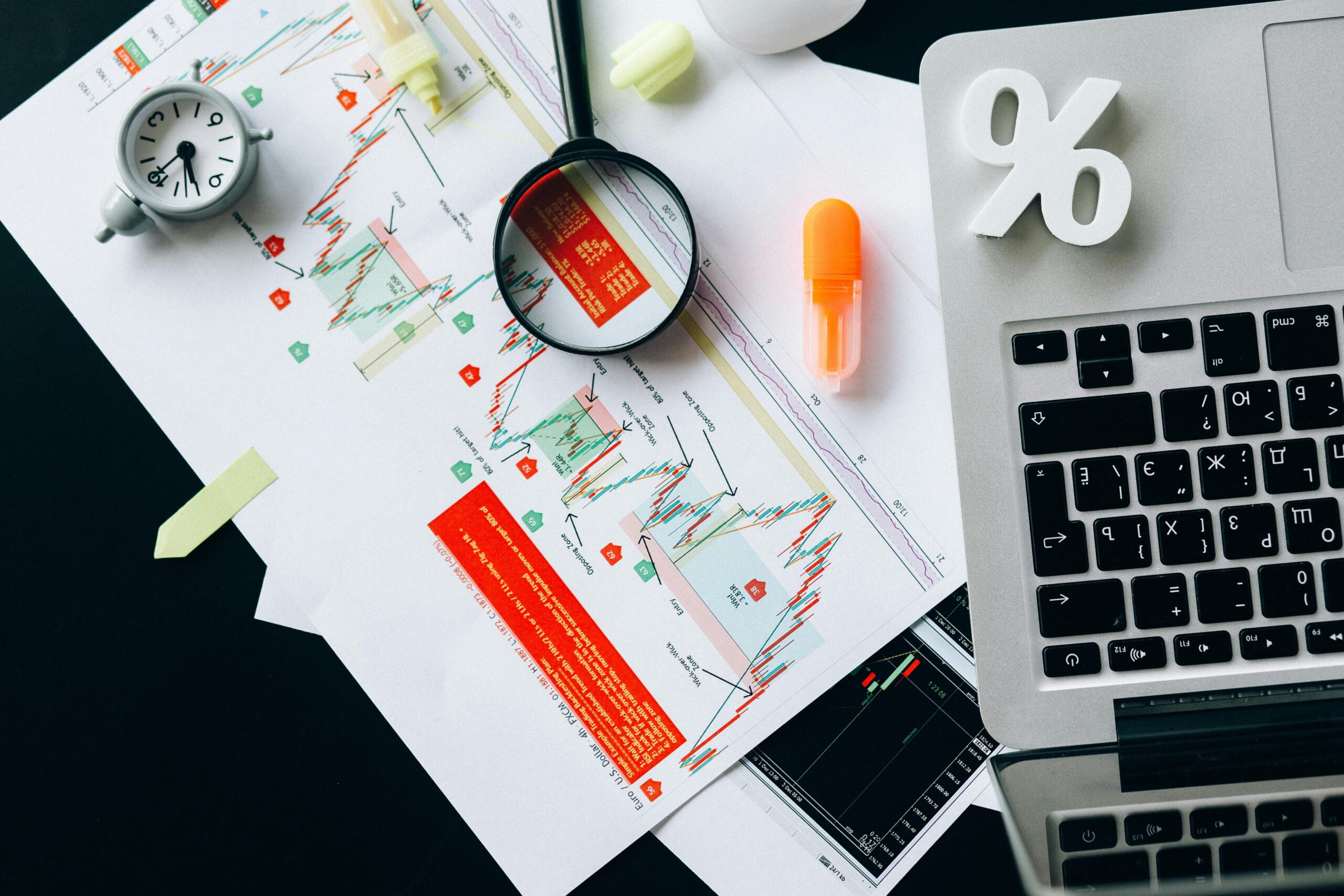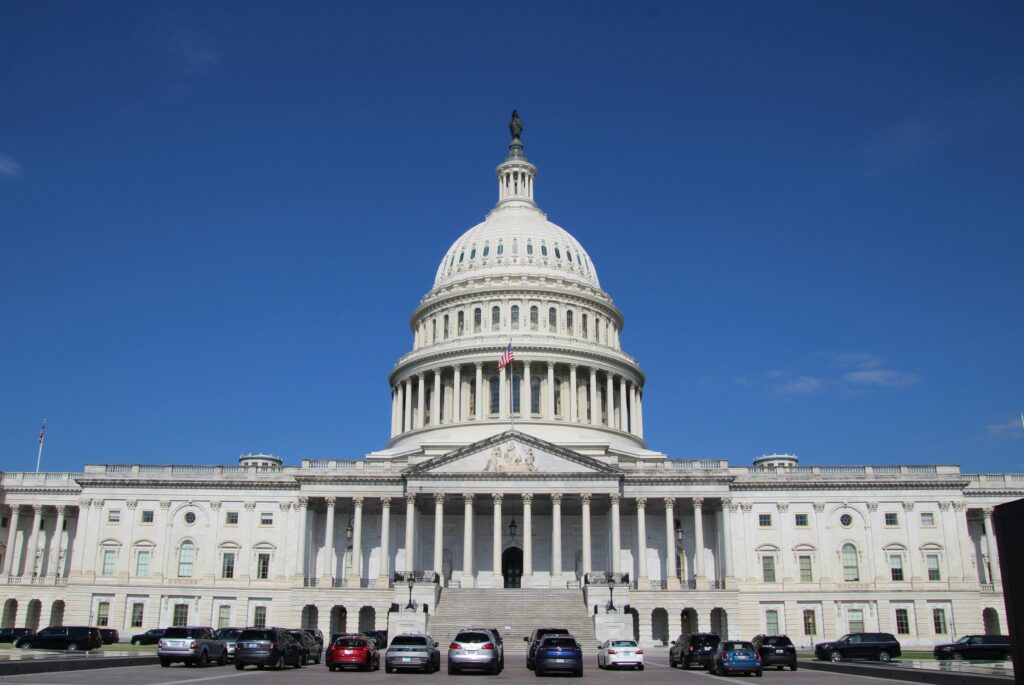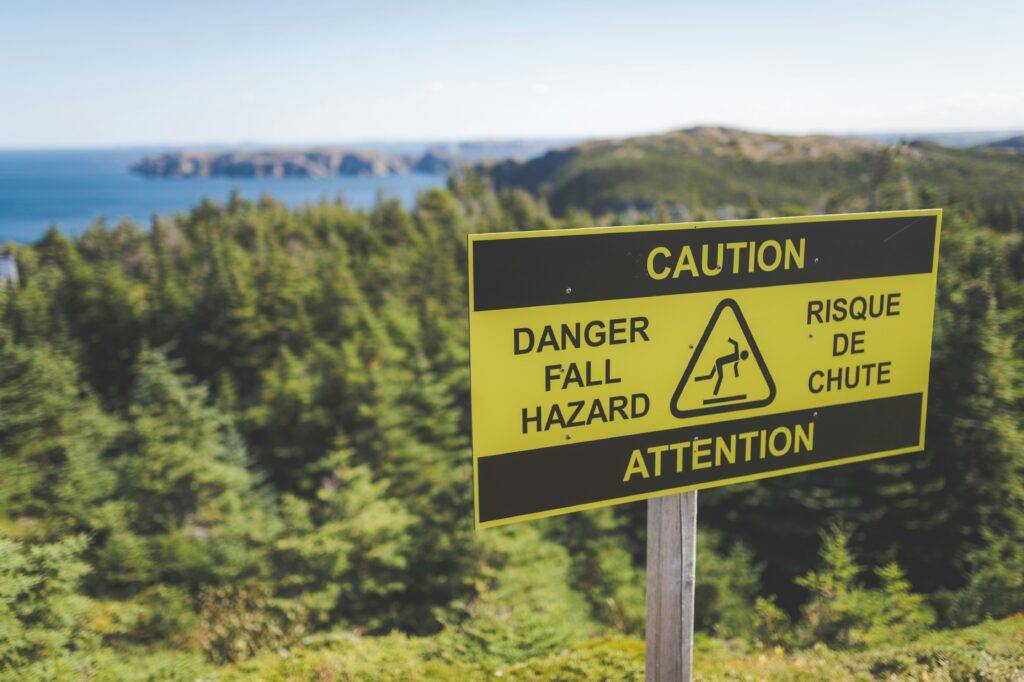Ever wondered why some countries seem like a gamble for your investments, while others feel like a safe bet? The secret might just lie in country risk ratings.
Political risk insurance can be a lifesaver for global ventures, but choosing the right coverage starts with understanding country risk ratings. This post will walk you through how these ratings impact your decisions and uncover actionable tips to safeguard your assets.
In this post, we’ll tackle the importance of country risk ratings, explore step-by-step strategies for leveraging them effectively, and highlight best practices. Plus, we’ll dive into case studies that show real-world wins—and yes, even those cringeworthy fails—because honesty is the ultimate SEO currency.
Table of Contents
Key Takeaways
- Country risk ratings are critical when assessing political risk insurance needs.
- A higher rating indicates lower investment risks; conversely, low ratings flag potential instability.
- Always cross-reference multiple sources for accuracy.
- Ignoring these ratings could lead to catastrophic financial losses—or worse, bad Twitter jokes about your brand.
Why Do Country Risk Ratings Matter?
Let’s cut straight to it: Imagine spending thousands on an overseas project only for civil unrest or government policy shifts to sink your ship faster than you can say “refund.” That’s where country risk ratings come in—they act as your crystal ball (though sans mysticism).
I once advised someone who skipped checking credit ratings before launching their dream startup in a volatile region. Spoiler alert: They ended up needing bail money instead of celebrating profits. Not exactly #Winning.
To put things into perspective:

The difference between thriving businesses and sinking ships often boils down to reading—and respecting—these numbers.
How to Use Country Risk Ratings Effectively
Optimist You: “Follow these steps!”
Grumpy You: “Ugh, fine—but grab coffee first.”
Step 1: Research Reliable Sources
Start by consulting reputable organizations like Moody’s, S&P Global, or the World Bank. But don’t settle for one source alone—compare ratings across platforms.
Step 2: Analyze Trends Over Time
Look beyond static scores. A country rated B+ today may not stay there tomorrow due to changing geopolitical climates.
Step 3: Factor In Local Expertise
Hire consultants familiar with regulatory frameworks specific to target markets. No amount of data beats boots-on-the-ground intel.
Best Practices for Political Risk Insurance
- Tailor Coverage: Generic policies won’t address unique risks associated with specific regions.
- Diversify Investments: Spread assets across multiple markets to dilute exposure if one falters.
- Read Fine Print: Don’t skim terms and conditions unless you fancy another pandemic-level headache later.
- (Pro tip!) Avoid trusting outdated reports—sounds like nails on a chalkboard, doesn’t it?
Real-World Examples & Case Studies
Success Story: Multinational Retail Giant Saves Millions
A retail chain used advanced analytics tied to country risk ratings to avoid expanding operations into a red-flagged nation. Later investigations revealed escalating trade restrictions that would’ve sunk profitability.
Epic Fail: Startup Learns Hard Way
Another company ignored warning signs despite plummeting credit scores signaling impending sanctions. Fast forward six months, they faced frozen accounts—not exactly what you want trending on LinkedIn!
Frequently Asked Questions
What Are Country Risk Ratings?
These are numerical assessments indicating the likelihood of economic or political disruptions within a given territory.
How Often Should I Check Them?
Quarterly check-ins keep you ahead, but breaking news warrants immediate updates.
Can High Ratings Guarantee Safety?
Nope—it’s more like bumper pads protecting against sudden shocks rather than foolproof armor.
Conclusion
Understanding country risk ratings isn’t optional—it’s essential. From avoiding costly mistakes to maximizing returns, mastering these insights empowers smarter investments and safer expansions abroad. So go ahead, bookmark this guide, share it with colleagues (your future self will thank you), and never overlook country dynamics again.
And remember… Just because something seems stable now doesn’t mean it always will—like leaving Doritos unattended at a party, right?
Like a Tamagotchi, your SEO strategy requires daily love and care.
Stay sharp out there, friends!



